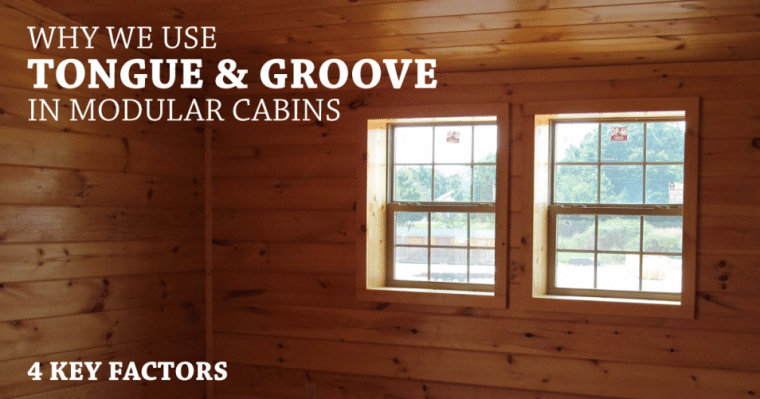There are a few noticeable similarities in most of our modular cabins… log siding is an obvious one, and tongue and groove (T&G) walls (and ceilings) is another. But, why do we do it that way? Is it because of the way it looks? Is it because of cost? Can we do drywall in our cabins? I sat down with Brian, our Cabin Sales Advisor, to discuss why we use T&G so often, and whether or not Woodtex can (or does) use drywall in our modular structures. We came up with the 4 Factors to consider when you’re debating Tongue & Groove over Drywall.
FACTOR #1: GRAVITY (IT HAPPENS).
Structures made of wood are not immune to gravity, and gravity poses a couple challenges for modular cabin construction. Installation and settling are major concerns with in modular homes finished with drywall. We build your cabin in sections (modules). On delivery day, we move each module onto a trailer, and a truck hauls each module to your property. Once there, a crane lifts each module up into the air, and our team places each module perfectly on your foundation.
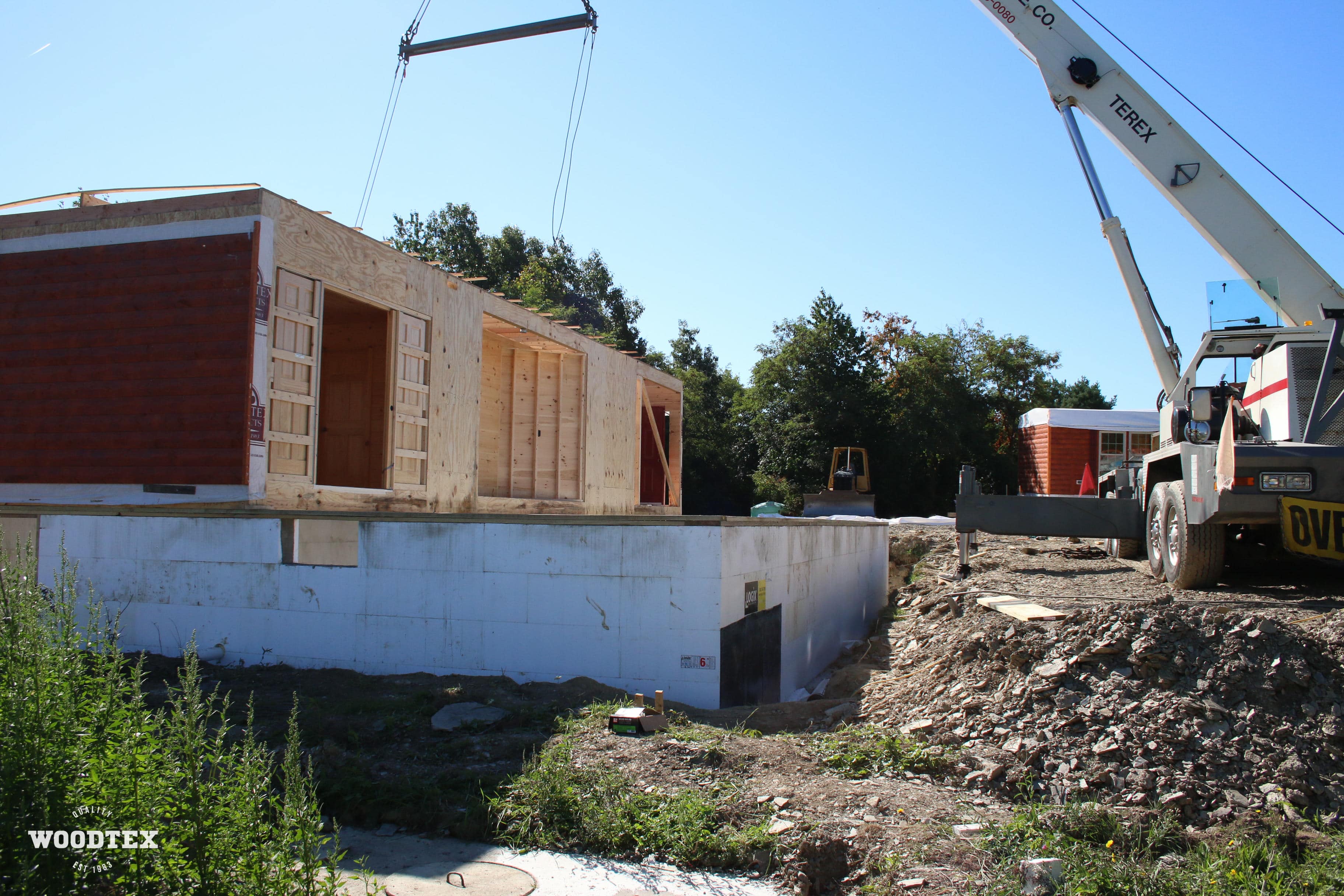
This is a process that drywall has not been proven to withstand without cracking or breakage. Any broken or cracked drywall will then have to be repaired or patched. Another challenge with any type of construction, including modular, is that structures tend to settle. This happens after the structure is placed on your permanent foundation. Some settling my be slight enough to go unnoticed, while other times, it’s very noticeable. Settling can cause drywall to crack, pull away from the studs, or separate at the seams. The interior finish of your cabin is one of most expensive projects of the home. You put the time in to dream and plan; your home builder puts the labor in (plus materials) to complete your plan. It is no surprise that you would be concerned if you started to see visible cracks in your walls and ceilings as settling occurs. Right? The design team at Woodtex has designed our modular cabins to be finished with White Pine T&G throughout to avoid cracking and separating over time.
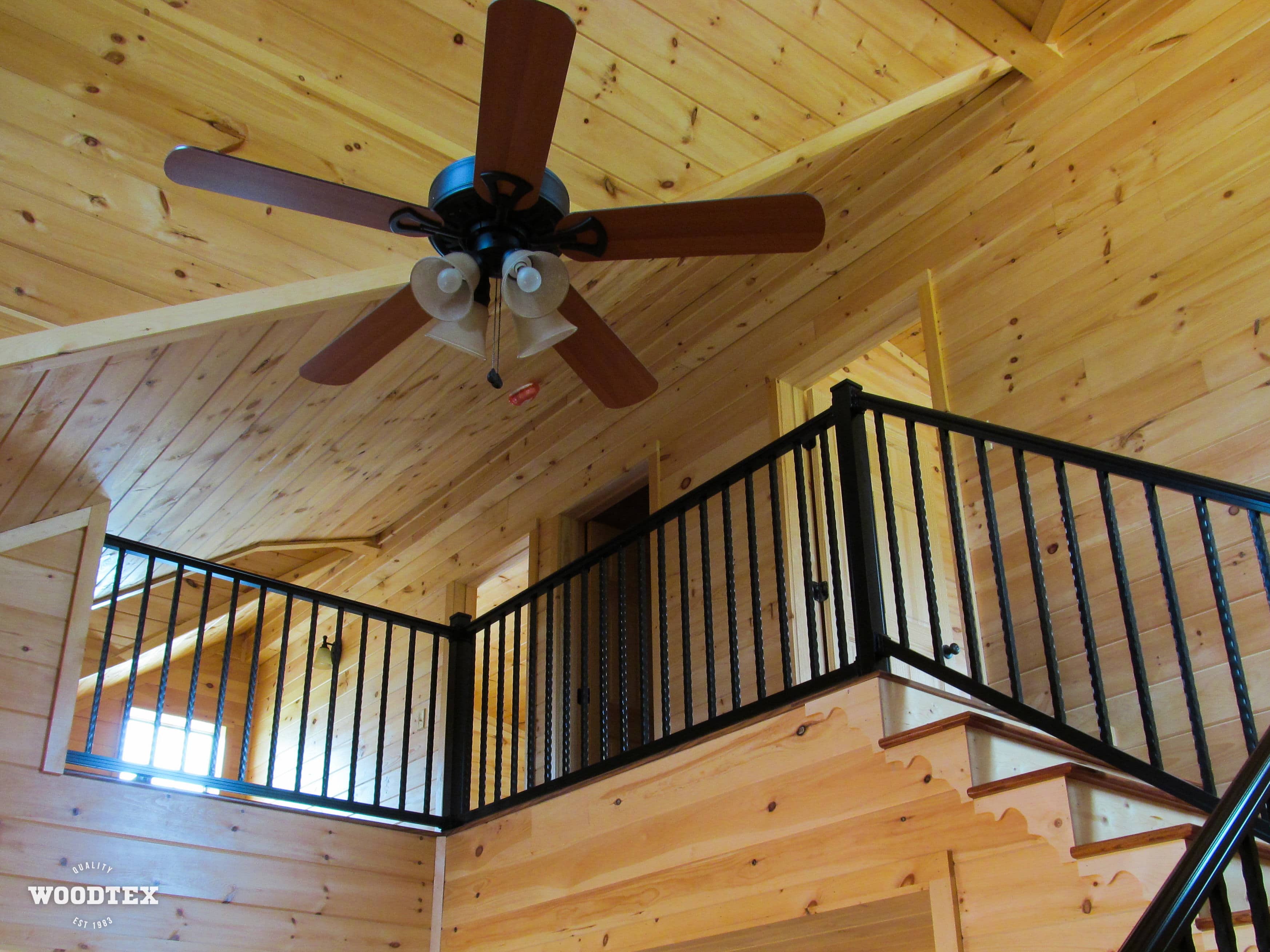
Wood has many virtues, one of them being strength. The nature of tongue and groove is that it actually adds strength to the entire structure. Delivery, craning, and installation have virtually no effect on the stability of the walls and ceilings.
FACTOR #2: T&G IS COMPLETED IN THE SHOP (THERE’S A SYSTEM FOR THAT).
One of most frequently asked questions is:
Isn’t tongue and groove more costly than drywall?
Generally, yes–the retail cost of T&G will cost you more than drywall. But the labor is where the cost comes down considerably, with regard to modular cabins.
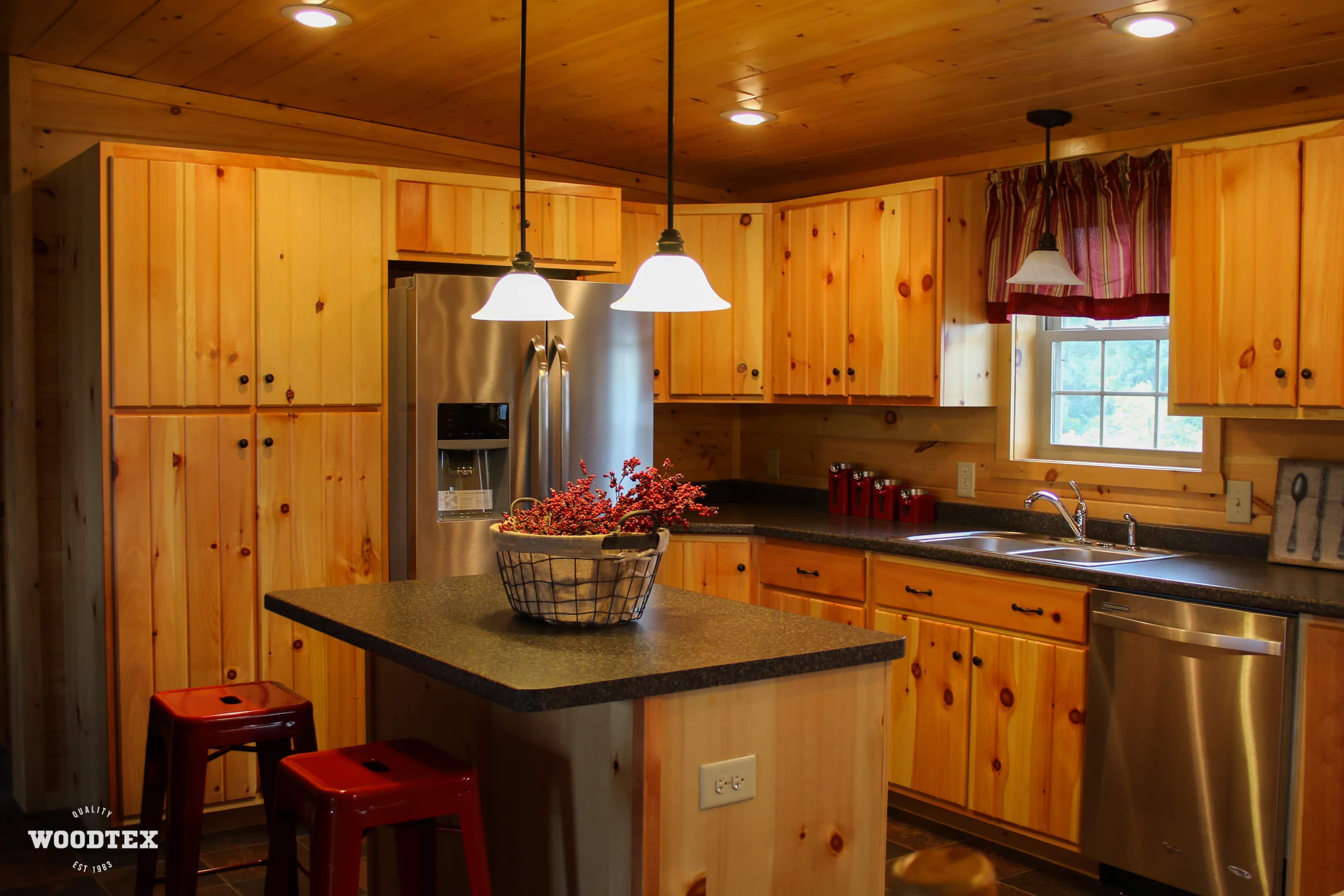
We go to great lengths to develop and maintain systems in our building process. The nature of modular construction is that we can look at each project like a manufacturer would. Anything we can do to increase efficiency will keep costs down (that’s good for both of us, don’t you think?). The fact is, the more our production team gets done in the shop (versus on the site), the better for everyone. Finishing the interior with Tongue & Groove in our shop allows each module to be… well… finished. The gap between installation day and your move-in day is much, much less with a T&G interior, than if drywall installation is involved. For example: to avoid problems relating to settling (see Factor #1, above), it is recommended that drywall installation is delayed one to two weeks after a cabin is installed. Once installation begins, drywall must be mudded, sanded, mudded, sanded, mudded, sanded… you get the idea. There is a definite time factor when considering the cost of T&G vs. drywall in a modular structure.
FACTOR #3: REAL WOOD (WITHOUT REAL LOGS).
If you’re attracted to the rustic nature of log cabins or log homes, then T&G will likely be your choice for interior walls and ceilings. Generally, our customers want the natural, unstained look. We put a coat of clear varnish (or white varnish, for a white-wash look) on the boards, which allows them to age naturally over time.
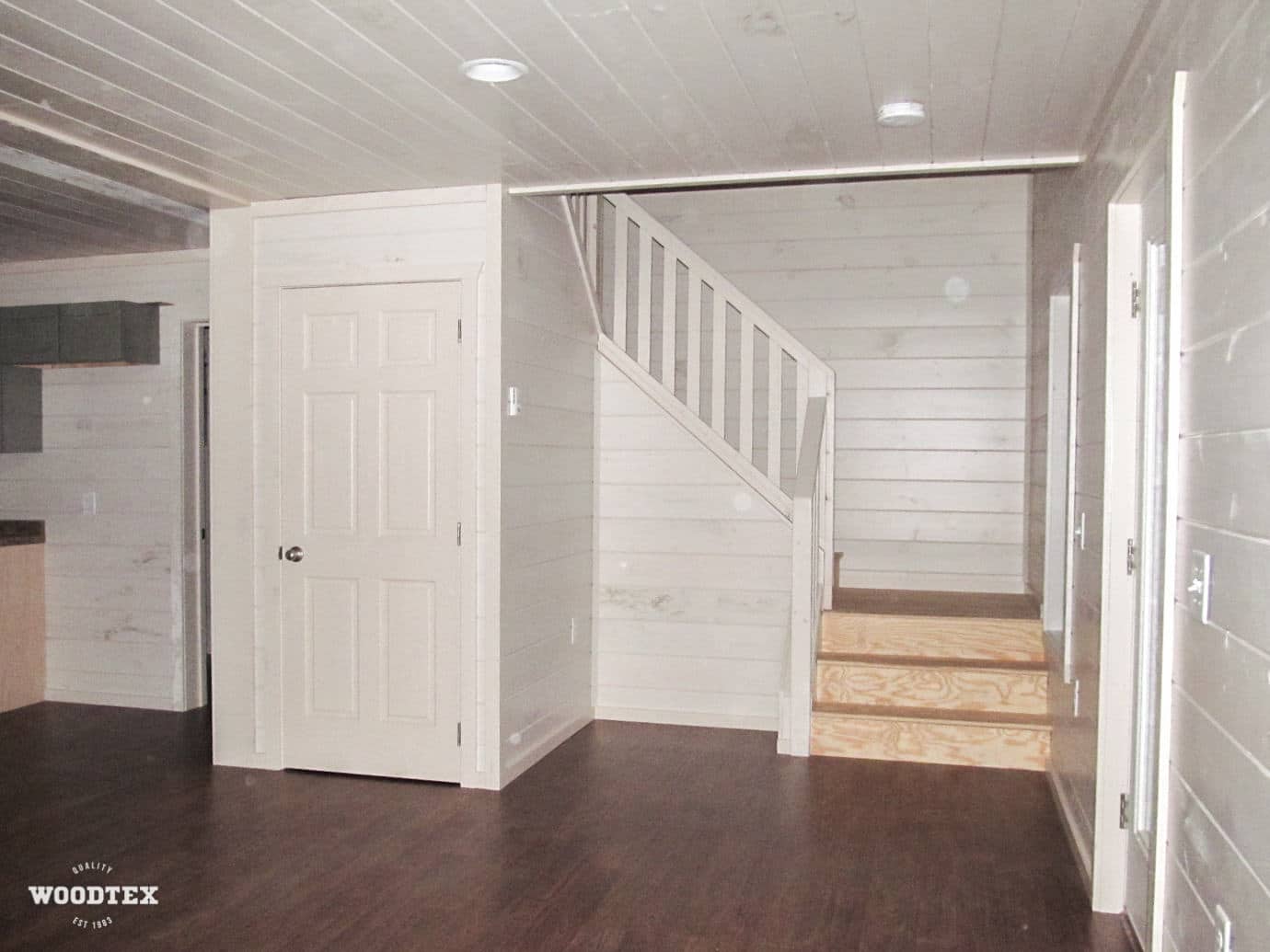
FACTOR #4: PLANK WALLS ARE “IN” (IF YOU’RE TRENDY).
If you’re on Pinterest or use Houzz, or follow interior design blogs, you might notice a “plank wall” trend popping up. We see blog posts on how to style and decorate plank walls as well as detailed instructions for DIY’ing your own. Whether or not you aim to be trendy, the fact remains… plank walls are “in”! Just look at some of the beautiful Tongue & Groove design ideas featured on Houzz!
Do you have more questions related to using Tongue and Groove in your modular cabin design? Contact us today!

